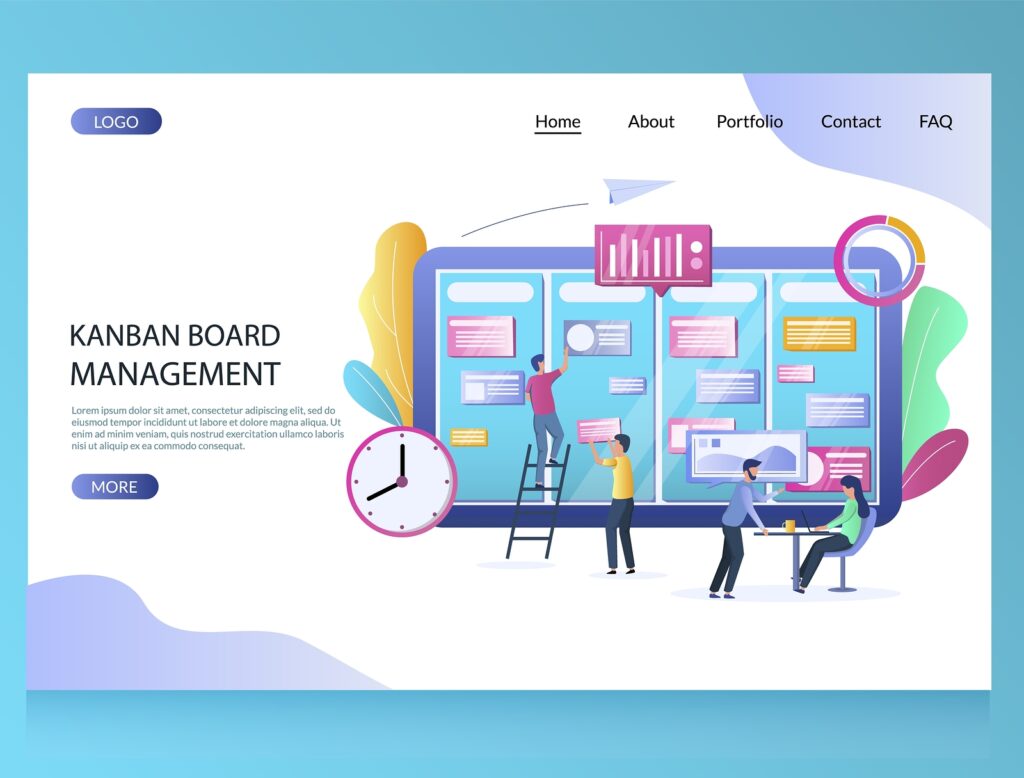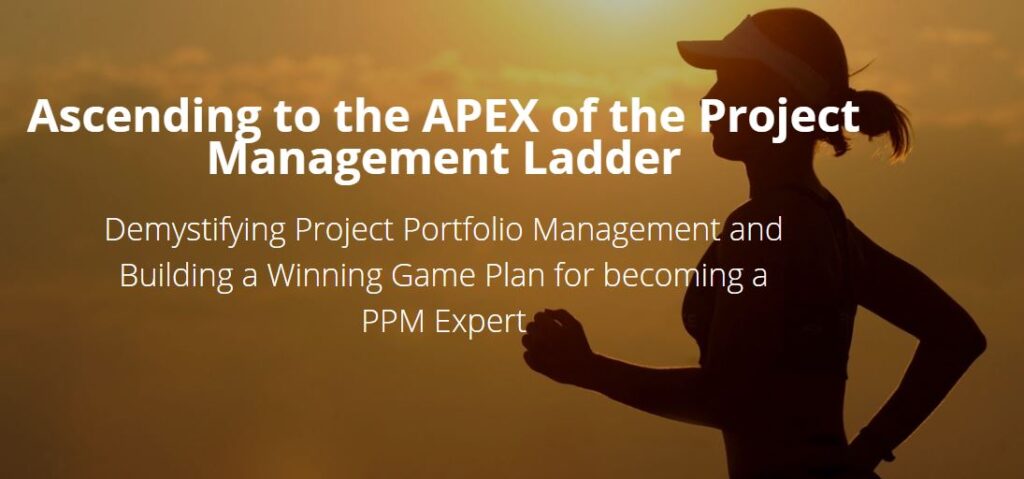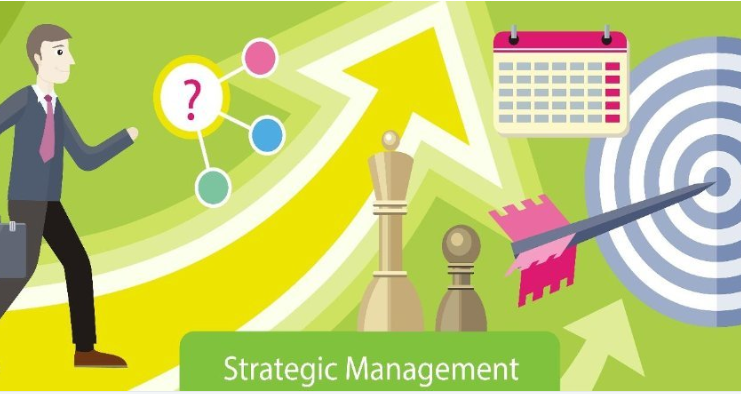PwC’s 2017 Portfolio Management Trends and Insights

I’ve updated the post on Portfolio Management Maturity, I received the link below highlighting PwC’s 2017 global project management report which includes key survey results on Portfolio Management insights collected from over 1500 IT leaders in 38 countries. In the spirit of sharing, I have provided a list of lessons learned or takeaways I gleaned […]
Enhance Workplace Productivity using project portfolio management

In August 2013, I spoke at the Project Management Institute (PMI), and the International Legal Technical Association (ILTA) conference in Las Vegas. The audience and a panel I was on debated about the value of the PMO. We were discussing how the PMO helps organizations enhance workplace productivity. And, as the conversation went on, we […]
The APEX of the Project Management Ladder

ject management and project portfolio management offer a set of business practices that enables an organization to identify its most critical activities, and investments that will create the most value for the organization, while managing the allocation of its most constrained resources.
Voted #44 on the 130 Top Project Management Influencers Of 2019 List

If you want to stay top of the latest in project management and related topics like change management, business strategy, and leadership, make sure you’re following these movers and shakers: the top project management influencers of 2019.
How Are Projects, Programs, and Portfolios Different?

As a certified project manager and portfolio manager, I am often asked, what is the difference between project, program and portfolio management? The way I explained it is to use the metaphor of a musical concert series, and it goes like this. If you are a fan of opera, orchestra music or love a Jazz […]
5 Secrets for Strategic Growth

Have you ever gone to a concert and heard a band that you didn’t know performing one of your favorite songs? All the notes are correct, and the singers are singing in tune, but the performance is just okay, it does not move you. Then, you go and hear the same song from a different […]

